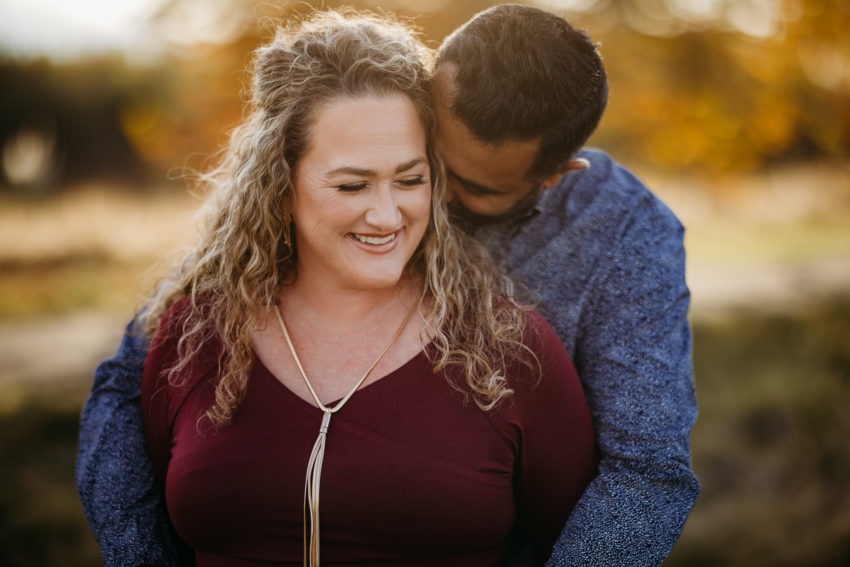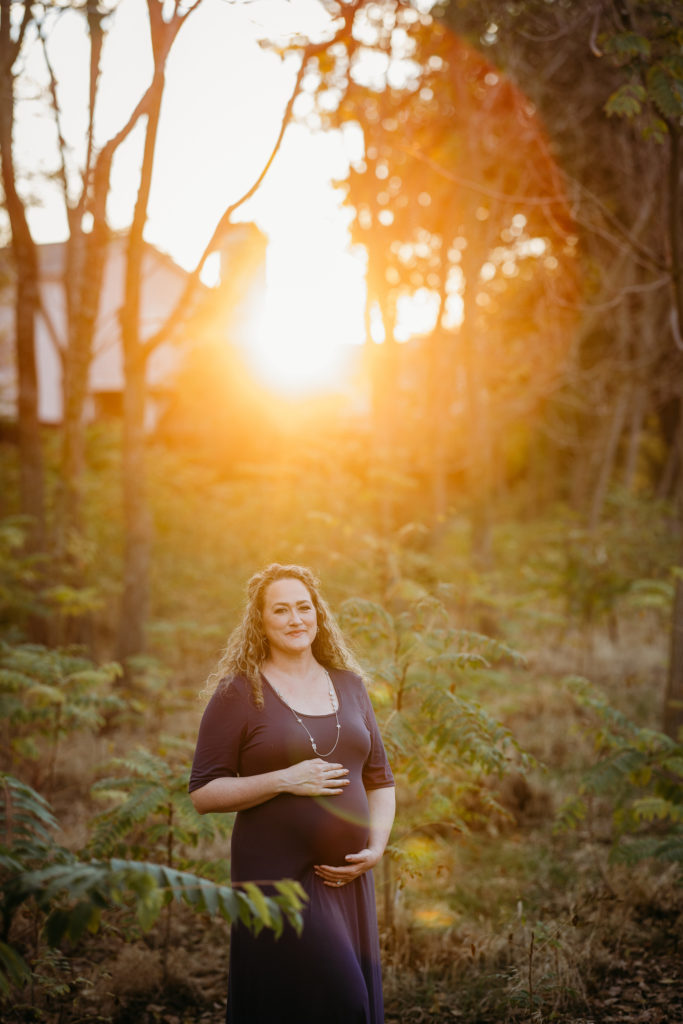The Magic of Golden Hour: Understanding its Significance in Photography

Golden hour, often referred to as the “magic hour,” is a term used by photographers to describe the period shortly after sunrise or before sunset when the sunlight casts a warm, soft glow. This enchanting time of day is highly sought after by photographers for its unique lighting qualities and the unparalleled atmosphere it creates in images. Let’s explore the characteristics of golden hour, and discuss why it is considered so important for photography.
- Warm, Soft Light
The most notable characteristic of golden hour is the warm, soft light it produces. As the sun is low on the horizon, its rays pass through more of the Earth’s atmosphere, scattering and diffusing the light. This process results in a warm, golden hue that casts a flattering glow on subjects and adds depth and dimension to images. The softness of the light reduces harsh shadows and contrast, making it more forgiving and easier to work with than the harsh midday sun.
- Long Shadows and Depth
During golden hour, the angle of the sun creates longer shadows that add depth and dimension to your images. These shadows can be used to create dramatic and interesting compositions, emphasizing texture and form. The low angle of the light also enhances the contours of your subject, highlighting details and creating a sense of depth that can make your images appear more three-dimensional.

- Enhanced Colors
The warm, golden light of the golden hour can enhance the colors in your photographs, making them appear more vibrant and rich. The warm tones can accentuate the natural hues of your subject, while the soft light brings out subtle details and variations in color. Additionally, the golden hour often coincides with stunning sunsets or sunrises, adding a spectacular backdrop to your images.
- Emotional Impact
Golden hour has an emotional impact on images that is difficult to replicate with artificial lighting or post-processing. The warm, ethereal light creates a sense of tranquility, romance, and nostalgia, evoking emotions that can resonate with viewers. Photographing during golden hour can elevate your images from simple snapshots to captivating, emotive works of art.
- Versatility
Golden hour is not only ideal for portraits, but it’s also an excellent time for various photography genres. Landscape photographers appreciate the golden hour for the depth and richness it adds to their images, while wildlife photographers benefit from the enhanced colors and the increased activity of animals during this time. Regardless of your photography niche, the golden hour can add a touch of magic to your images.
Tips for Shooting during Golden Hour:
- Plan ahead: Golden hour is a fleeting period that can pass quickly, so it’s essential to plan your shoot in advance. Scout your location, prepare your gear, and know the exact time the sun will rise or set to make the most of this limited window of opportunity.
- Use a tripod: To maximize image quality during golden hour, consider using a tripod. As the light fades, your camera may require slower shutter speeds, which can result in camera shake and blurry images if handheld.
- Experiment with exposure: Adjust your camera settings to capture the best exposure during golden hour. You may need to use manual mode or exposure compensation to achieve the desired effect.
- Get creative: Use the unique lighting conditions of golden hour to experiment with different compositions, angles, and techniques. Play with shadows, silhouettes, and reflections to create visually striking images.
Golden hour is a treasured time in photography, providing warm, soft light that can transform ordinary images into extraordinary works of art. Its significance lies in its ability to enhance colors, add depth and dimension, and evoke emotions in a way that few other lighting conditions can replicate.

